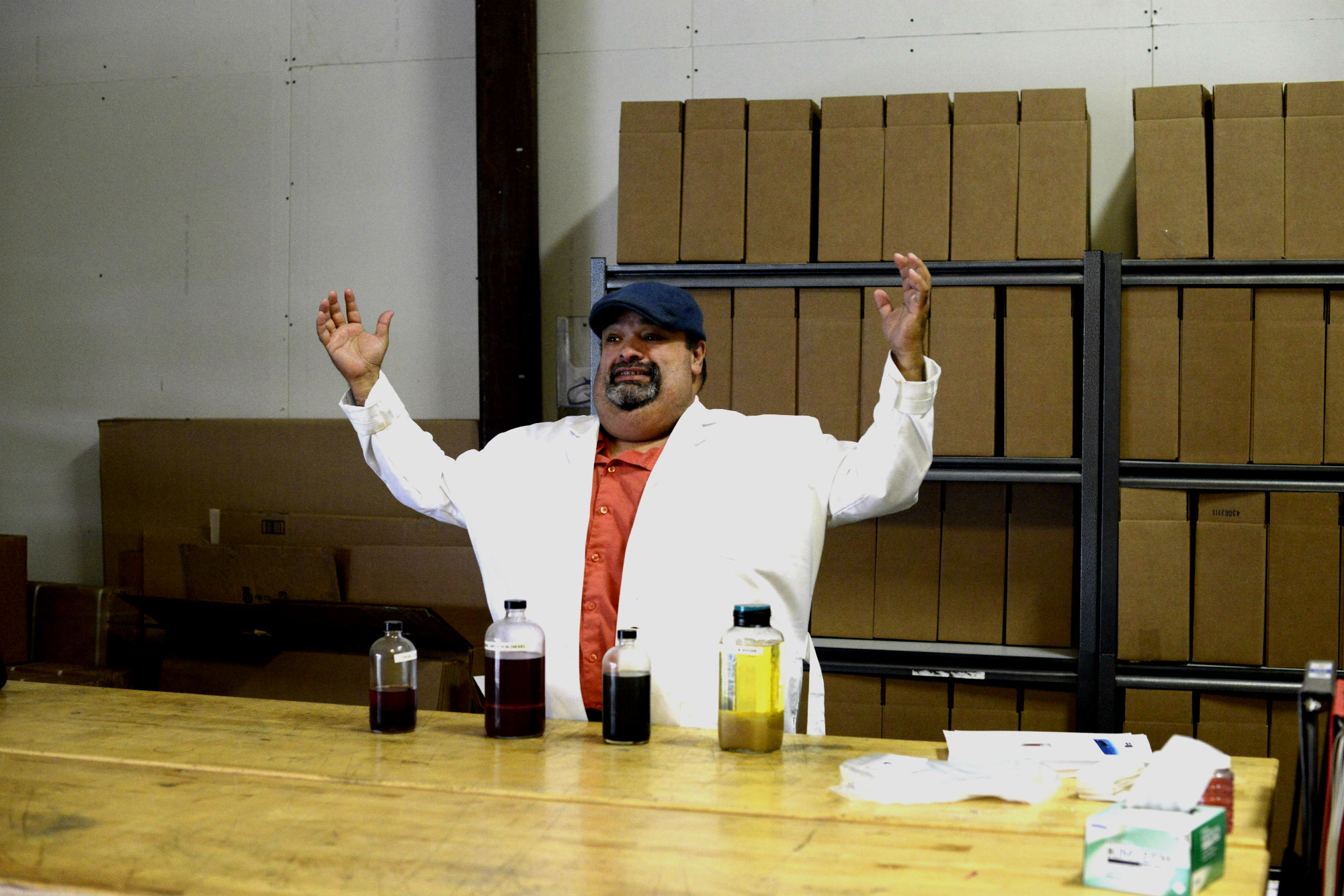Site inspection defined protocol
Diesel/Gasoline Water Debris and Phase Separation Issues
Preventative Protocols – Processes and procedures to be followed primality to prevent fueling system down time, customer inconveniences and or value loss of products being stored and marketed, as well as insuring fueling system component design optimum operation.
Reactive Protocols – procedures to be followed when situations or events expected or unexpected arise causing un-warrantied system component failures, customer inconveniences, loss of stored product value, volume contract commitments, damage or potential damage to the surrounding environment.
Preventative Site Inspection Routines:
- Insure inspection is being performed at the correct and confirmed fueling site.
- Insure personal protection gear for activity in close proximity to moving vehicles is being worn by inspector.
- Print and review alarm history report generated by electronic tank monitoring equipment.
- Review site service log for incidents of equipment malfunction or customer complaint.
- Review on site municipal or regulating agency inspection reports regarding fuel quality.
- Insure that a readable tank manual measuring stick is available for daily use on site.
- Insure that the correct water, water ethanol phase finding paste is available for daily use on site including instructions for use.
- Open and inspect ALL dispenser cabinets and under dispenser containment for fuel leaks, weeps or seeps above and below grade.
- Check ALL dispenser upper doors for signs of unauthorized access.
- Visually inspect all tank vent risers for signs of impact damage, out of plumb alignment and or missing riser vent cap(s).
- Visually inspect and note primary grade for cracks, missing aggregate cover, trip hazards (holes) and or unusual collapse due to sub-grade settling.
Open and inspect ALL STP sump manway, Fill and Vapor dry brake sump containment, annular riser and Automatic tank probe gage covers at grade
- Inspect, note and or tighten ALL tank riser connection risers.
- Inspect, note and replace ALL tank top caps found broken or cracked.
- Manually stick tank with correct water, water ethanol phase finding paste to confirm present or not for debris that could affect quality fuel storage.
- Compare manual stick measurements (fuel and tank bottom debris to measurements generated automatically by ATG. Estimate tank top or bottom slope. Note any unusual degree of tank roll through fill or ATG riser.
- Inspect, note and repair Fill and Vent overfill containment drain operation.
- Inspect, note and clean (remove liquids and debris) Fill and Vent overfill containment.
- Inspect, note, tighten and or replace ALL missing fill and vent cap gaskets including ATG cap gasket and ATG electrical through cap seal.
- In STP sump inspect, note, and tighten mechanical line leak detector connection to tank ullage. Note levels of liquids fuel and or water present in sump.
- In STP sump note and or properly position liquid sensing electronic probes.
- Fuel sample collection protocol defined by specific sample collection instruction.
Other inspection points typically may exist
These inspection points and routines may include:
- Sump inspection report, integrity test, component repair and certification.
- Manual Line Leak Detection testing and certification.
- Tank and sump liquid sensing probe certification.
- Tank ullage pressure decay (Phase I and Phase II TP 204.1, TP204.2 and TP204.3) testing and certification.
- Cathodic protection testing and certification. Site main electrical panel to earth ground testing.
- Tank integrity testing.
Fuel Testing – When scheduled or applicable Monthly, Quarterly, or Semi Annual
- Part Number ___________Diesel 10ml fuel test Water at or below 500 PPM sample collected from nozzle and or from tank through an open tank riser at mid tank. Fill tube sample collection typically will not accurately represent condition of fuel in tank.
- Part Number ___________Ethanol in gasoline 10ml fuel test sample collected from nozzle and or from tank through an open tank riser at mid tank. Fill tube sample collection typically will not accurately represent condition of fuel in tank.
- Part Number ___________Bio Activity enzyme test for diesel sample collected from nozzle and or from tank through an open tank riser at mid tank. Fill tube sample collection typically will not accurately represent condition of fuel in tank.
- Part Number ___________ Full Profile 50ML fuel test kit diesel.
- Part Number ___________ Full Profile 50ml fuel test kit Gasoline.
- Part Number FP-AP02 ____Water Ethanol Water Phase finding paste.
- Part Number ___________ Bi-Fold tank gauging stick.
Special Note: During Inspection ALL STP, Piping Manway, Fill, Vent and ATG Covers are to be opened and closed individually. No cover is to be left open after being pre or post inspected or while unattended.
Test your fuel for water and microbial contamination right on site
Schedule a training session or have us speak at your event:
Topics:
- National trends with Hospital tanks and regulations
- Corrosive materials in Fuel and Underground Storage tanks
- Safety/Emergency Preparedness
- Shelf life for fuel

If you are interested in having us speak at an event or have questions simply contact us by calling 800.546.4451 or by visiting our contact page by clicking the button below.

